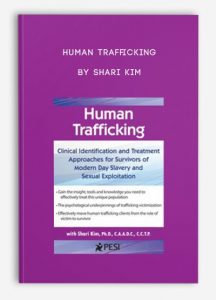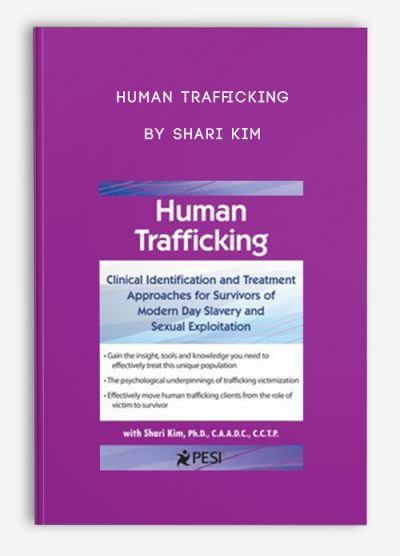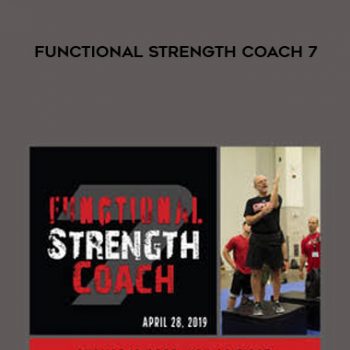 Human Trafficking by Shari Kim
Human Trafficking by Shari Kim
More information about Medical:
Medicine is the science and practice of establishing the diagnosis, prognosis, treatment, and prevention of disease.
Medicine encompasses a variety of health care practices evolved to maintain and restore health by the prevention and treatment of illness.
Contemporary medicine applies biomedical sciences, biomedical research, genetics, and medical technology to diagnose, treat, and prevent injury and disease,
typically through pharmaceuticals or surgery, but also through therapies as diverse as psychotherapy, external splints and traction, medical devices, biologics, and ionizing radiation, amongst others.
Medicine has been around for thousands of years, during most of which it was an art (an area of skill and knowledge) frequently having connections to the religious and
philosophical beliefs of local culture. For example, a medicine man would apply herbs and say prayers for healing, or an ancient philosopher and physician would apply bloodletting according to the theories of humorism.
In recent centuries, since the advent of modern science, most medicine has become a combination of art and science (both basic and applied, under the umbrella of medical science).
While stitching technique for sutures is an art learned through practice, the knowledge of what happens at the cellular and molecular level in the tissues being stitched arises through science.
Outline:
Human Trafficking: What You Need to Know
- Legal and clinical definition
- Types of trafficking
- Labor trafficking
- Sex trafficking
- Child soldiers
- Organ donation
- Closer than you think: Where people are trafficked
- Risk factors for trafficking victimization
The Legal Process
- Federal and local trafficking protections
- Why it’s so difficult to investigate and prosecute trafficking cases
- The unique protection needs of trafficking survivors
- Case examples
Clinical Treatment for Human Trafficking Survivors
- How to identify and assessment tools
- Identify risk in the clinical interview
- What to watch for in session
- Trafficking screening and assessment tools
- How to respond if you suspect trafficking
Overcome Brainwashing and Stockholm Syndrome
- Understand the psychological underpinnings of entry to trafficking
- Why victims stay (and why they return)
- Psychological processes of luring in victims
Treating the Trauma of Trafficking
- Evidence-based treatment for traumatic stress (e.g. Prolonged Exposure, EMDR)
- Strengths-based treatment approaches
- The essential components of trauma-informed care
- Treatment matching for different types of trafficking
Post-Traumatic Growth: Transformation from Victim to Survivor
- Help clients find meaning after trauma
- Create a comprehensive, individualized recovery plan
- Case examples: From trauma to recovery
Potential Treatment Obstacles (and What to do About Them)
- Building and maintaining trust with a trafficking victim
- The power of brainwashing
- Risk of returning to trafficking
- Safety Issues
Description:
Will you be ready to serve a survivor of modern-day slavery when he or she enters your therapy office?
Human trafficking is the second-largest industry for organized crime in the world. It often happens locally, with people being trafficked by people they know from their own neighborhoods
Far from just sex trafficking, human trafficking also involves labor trafficking, child soldiers, and organ donation.
This issue is much more common than you think and you need to be prepared to work with this unique population in your clinical practice. You may even have a client on your case load now that needs this special specialized treatment.
Understanding trauma helps, but it is not enough to provide sufficient and effective care for the struggles these survivors have endured. Trafficking survivors have a unique set of needs that differs from other cases of trauma entering your therapy office.
Complex trauma is overlaid with brainwashing and Stockholm Syndrome, providing an extremely complicated set of needs in this population. Great harm can be done both to the safety and to the mental health of this population if we fail to identify and treat their special needs.
This training will give you the tools you need to safely and skillfully guide these survivors through the process of transformation from being someone’s product to feeling like a person again.
Ph.D., C.A.A.D.C., C.C.T.P.
SHARI KIM, PH.D., C.A.A.D.C., C.C.T.P, is the founder and chief executive officer of Susquehanna Valley Community Mental Health Services. Specializing in trauma and addictions, Dr. Kim and her colleagues serve as the first point of contact for mental health services for trafficking survivors in York County, PA.
She serves as the behavioral health workgroup chair for the York County Human Trafficking Task Force and has collaborated with other community leaders to develop a protocol to streamline access to mental health and addiction treatment services for those who have been trafficked.
A 17-year veteran of the mental health field, Dr. Kim also serves as the regional co-lead for disaster mental health services with the American Red Cross in Southcentral PA and has deployed to three large-scale disasters. In addition to her clinical work, she volunteers her time to consult with the York County Treatment Courts, the Healthy York County Coalition Leadership Council, and as a trainer with the Crisis Intervention Training program for first responders in Adams County, PA.
She is working to form a disaster response network within the Pennsylvania Psychological Association (PPA), helping to facilitate a partnership between PPA and the American Red Cross to increase the number of disaster mental health responders in Pennsylvania.













tristian –
This is Digital Download service, the course is available at Coursecui.com and Email download delivery.